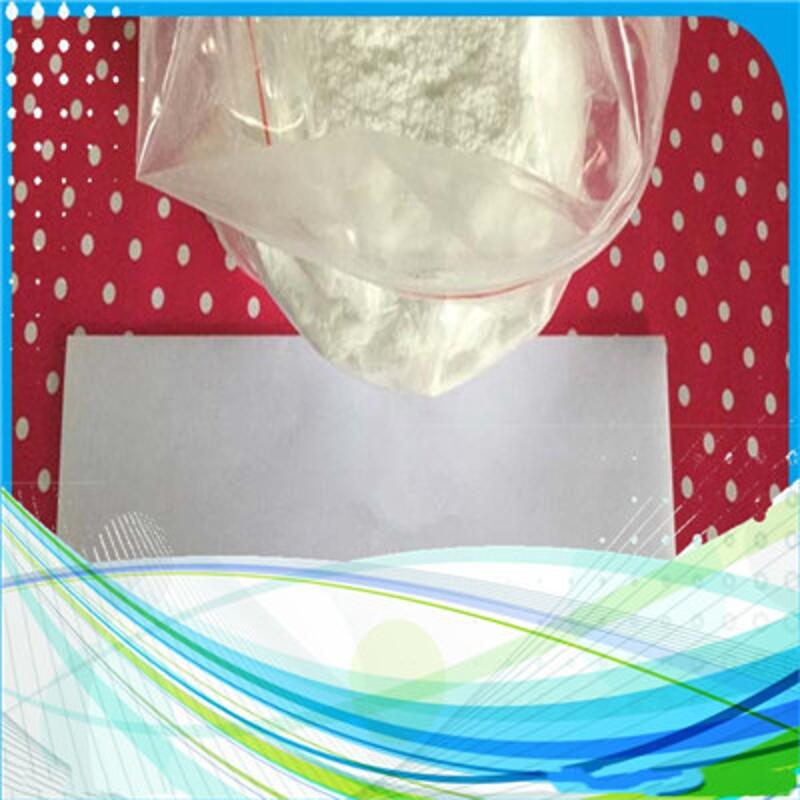-
Categories
-
Pharmaceutical Intermediates
-
Active Pharmaceutical Ingredients
-
Food Additives
- Industrial Coatings
- Agrochemicals
- Dyes and Pigments
- Surfactant
- Flavors and Fragrances
- Chemical Reagents
- Catalyst and Auxiliary
- Natural Products
- Inorganic Chemistry
-
Organic Chemistry
-
Biochemical Engineering
- Analytical Chemistry
-
Cosmetic Ingredient
- Water Treatment Chemical
-
Pharmaceutical Intermediates
Promotion
ECHEMI Mall
Wholesale
Weekly Price
Exhibition
News
-
Trade Service
China was one of the first countries to discover and use camellia sinensis, which has been around for thousands of years.
the tea system has been constantly changing to form the current six teas.
tea mainly divided into green tea, white tea, oolong tea, black tea, yellow tea and black tea according to the different ways of tea processing.
, oolong tea, also known as green tea, is one of the six tea categories with Chinese characteristics.
in these six teas, the aroma characteristics of oolong tea are rich, is the quality characteristics of this kind of tea more attention.
, the study of the aroma of oolong tea has always been a hot spot in the field of tea research.
years, Yang Ziyin research team of South China Botanical Garden of the Chinese Academy of Sciences systematically analyzed the enzyme-forming mechanism of aroma during the processing of oolong tea.
tea contains more aroma glycosides, and the enzyme hydrolyzing of aroma glycosides is considered to be one of the main sources of free aroma formation in tea processing.
the team explored whether aromatic glycoside enzyme hydrolyzing is involved in the formation of enzyme-promoting aromas in oolong tea aromas, and found that there was no glycoside hydrolyzedase and aromatic glycosides in contact with and an enzymatic hydrolytic reaction occurred during the processing process of oolong tea, so the enzymatic hydration of oolong tea aromas did not come mainly from the aromatic glycosides (Gui, 2015).
in order to further explore the enzyme-called formation of the aroma of oolong tea, Dr. Zeng Lanting of the South China Botanical Garden studied the association between the enzyme-forming and coercion of the aroma of oolong tea.
Compared with other teas, the processing process of oolong tea keeps cells alive for a long time, and there are many stressors, such as damage caused by picking, drought, heat and UV radiation caused by withering, and continuous damage caused by the process of greening.
, oolong tea is a better material to study the basic theory of post-harvest biology of tea aroma in response to abological stress (Figure 1).
by screening various stress factors, it is found that damage and low temperature stress are the key stress factors that induce the formation of tea aromatic enzymatic stylus in the process of oolong tea processing.
Continuous damage during the processing of oolong tea can induce an increase in the expression levels of the synthetic key genes CsTSB2, CsLOX1, and CsNES from different biosynthetic pathways, such as pyridine, jasmine esters, and (E)-orange sorpenol, which in turn contributes to the accumulation of these aromas.
In addition, low temperature and damage double stress have significant synergies in the synthesis of these aromatic substances, the main reason being that the joint effect of low temperature and damage double coercion can significantly improve the content of jasmine acid, an upstream signal substance formed by tea aroma, and its synthetic gene and key transcription factor CSMYC2. Level of expression (Zeng Lanting, 2018; Zeng, etc., 2016, 2017, 2018, 2019a, 2019b; Zhou and Zeng, etc., 2017).
the results show that the formation of aroma in the process of oolong tea is mainly related to stress response.
()







